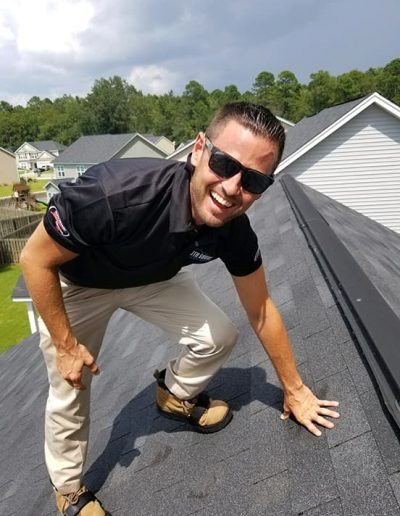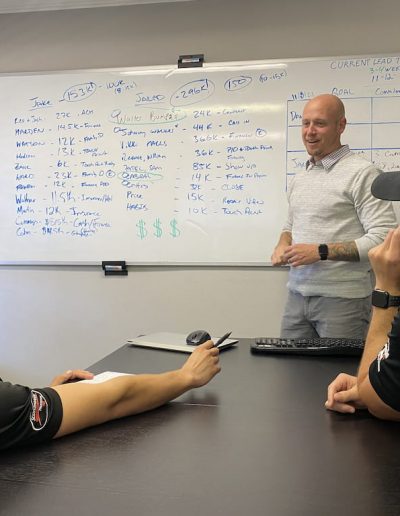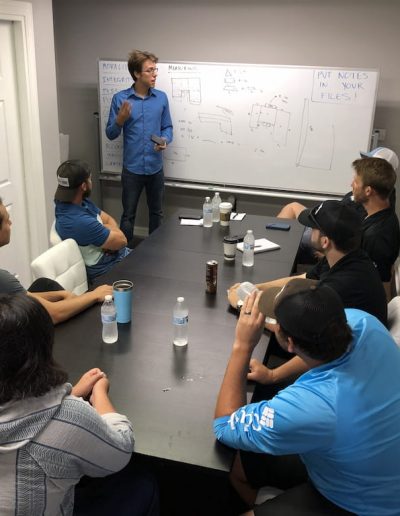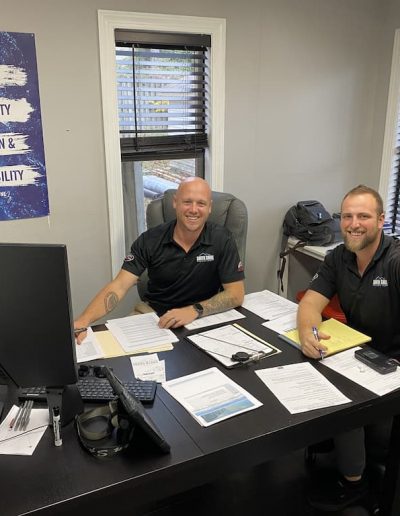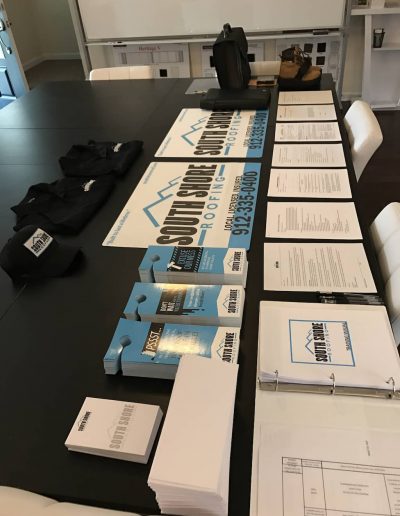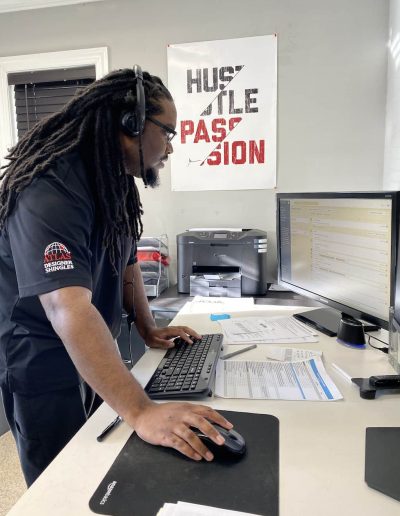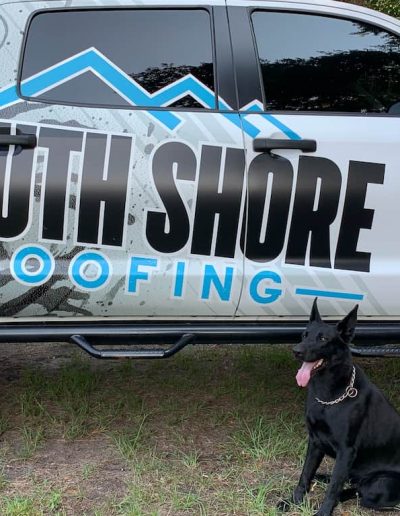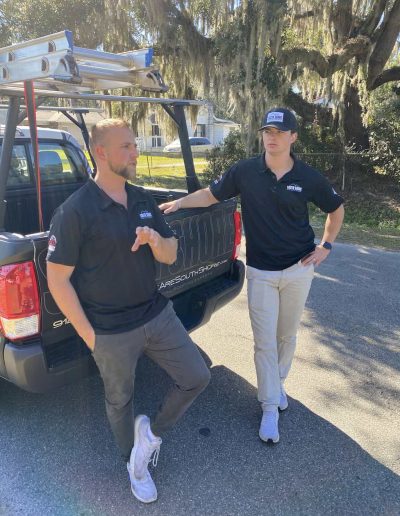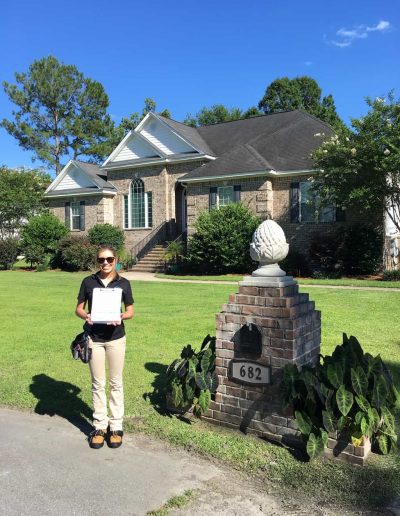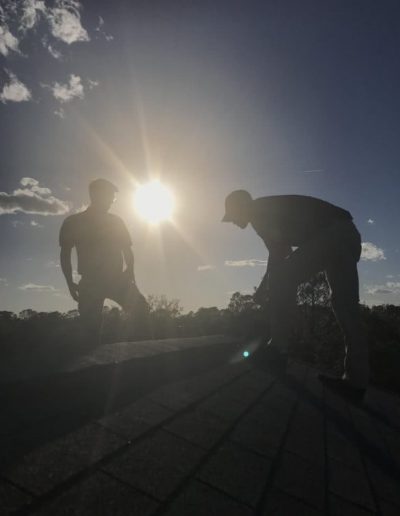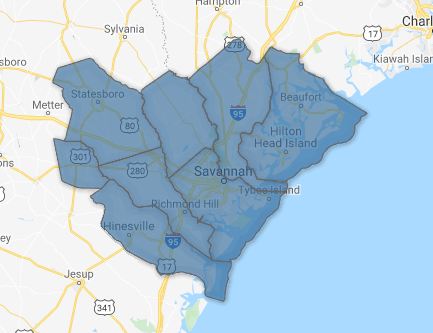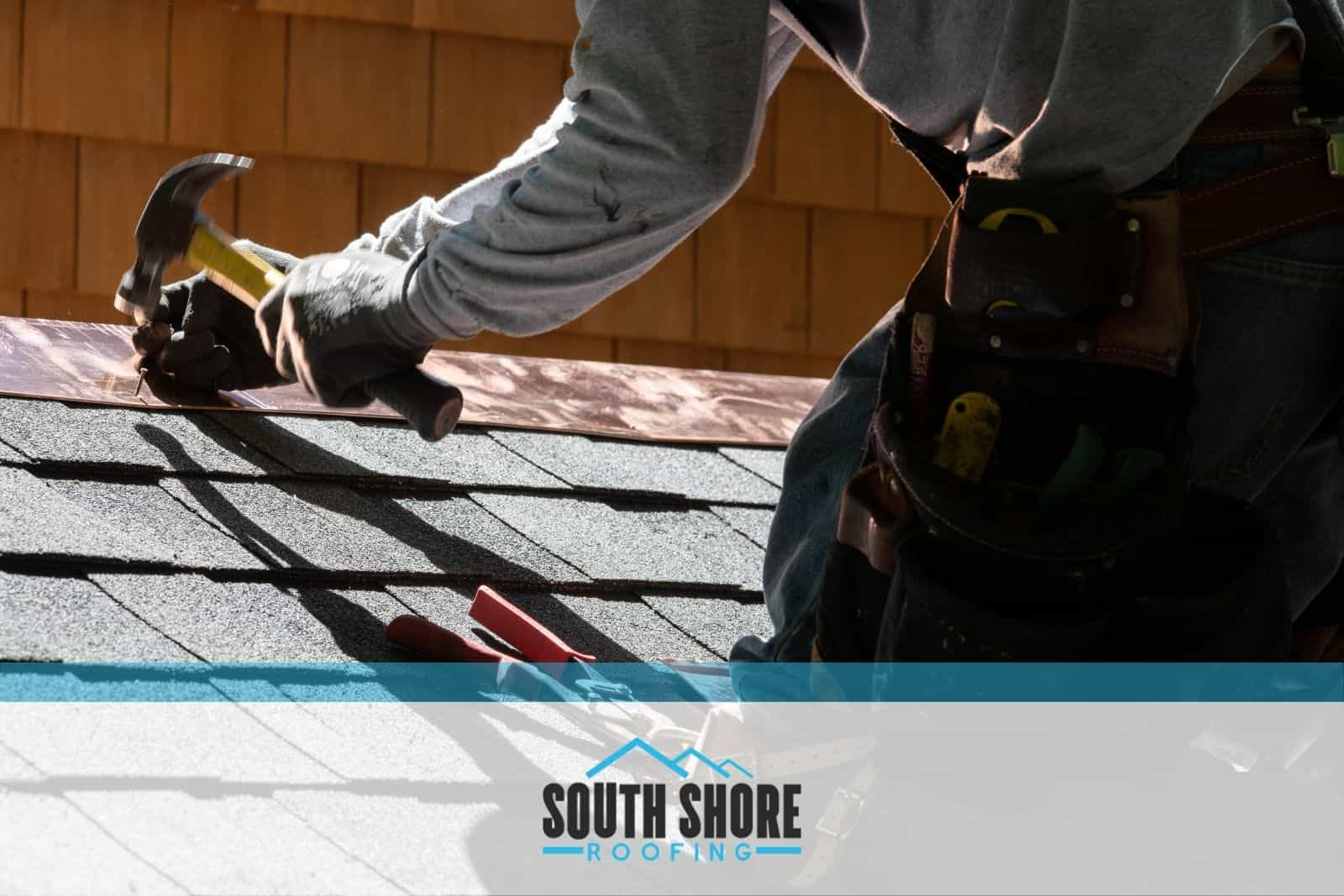
That is why it is important to inspect your roof once or twice a year, or better yet, have a professional roofer inspect it, and be on the lookout for some of the most obvious issues that demand repair.
Damaged or Missing Flashing
Flashing is an integral part of your roofing system. It holds different parts of the roof safely together and prevents water from seeping into your home.Flashing is usually made of aluminum or galvanized steel but it can also be made of copper and rubber. It is found on roof transitions, for example where two different parts of the roof meet or where two different materials meet, at roof penetrations, valleys, and similar.
Some of the most common flashing locations on your roof are the base of the chimney, pipe and vent penetrations, places where the roof meets an adjacent wall, eaves of roof perimeters, valleys, and around skylights. Just like the rest of your roof, flashing is also prone to deterioration over time and metal flashing is also prone to corrosion. Valley flashing is sometimes more likely to fail first or before you notice damages on other parts of your roof, as it takes on a lot of rainwater.
When the flashing is missing in some of these areas, if you notice gaps, if the flashing is loose or has any other obvious damages, it’s time to call your roofer to repair it before any leaks develop.
Damaged or Missing Shingles
Damages to shingles can be of various types and scopes – shingles can be worn out due to exposure to the sun, age, or other elements, they can lose granules from the surface, they can buckle, curl, cause the roof to sag, and even tear off completely. Damage from the sun and the UV rays can often be seen in the form of surface discoloration. Therefore, if you notice any parts of your roof that are discolored or lighter in color than the rest of the roof, these are the parts that you need to pay attention to and that most likely need repairs.
Hail is known to cause substantial damage to roof shingles, which you will recognize in the form of granules that have fallen off. Most often, you will find shingle granules in your gutters and this a sign that your shingles are worn off, which may lead to roof leaks.
Missing shingles are probably the easiest to notice and pose the biggest leak risk. High winds, storms, hail, or even a fallen tree can tear your shingles off and leave a gap in your roof. Inadequate ventilation is also one of the possible culprits in the development of leaks, as well as faulty roof installation.
Therefore, professional roof repair is required as soon as possible before the damages spread, get worse, and result in a complete roof replacement.
Faulty Roof Vents
Pitched roofs nearly always have some sort of a ventilation system that allows the air to circulate between the roof and the attic. This is usually a combination of vents such as ridge vents, soffit vents, and gable vents. They all perform an important role in maintaining the roof in proper shape because they will prevent heat and moisture buildup and, consequently, mold, rot, roof deterioration, water damages, etc.
There are several problems that can occur with these vents and prevent them from circulating the air properly. Firstly and most importantly – if you don’t have any ventilation, it is important to call a professional to install it in order to prevent the above-mentioned consequences. If you do have the vents, they can sometimes get clogged due to dust and debris accumulation or they can be blocked by insulation that was improperly installed. The vents should be cleaned and any obstacles removed.
In any case, it is important to have those vents professionally inspected by a roofer, especially if you notice mold or moisture on your attic walls. Your roofing contractor will either remedy the vents and the insulation that’s in the way or install the vents if you don’t have them.
Deteriorating Soffit
Soffit refers to the bottom part of your roof’s overhang, i.e. to the boxed out area just under the eaves of your roof. Soffit is an important part of your roof’s structure as the previously mentioned roof vents are found here. Therefore, they allow for proper roof and attic ventilation and also protect your upper façade from rain. The most common materials used for soffits are vinyl and wood, both of which require some care and maintenance. Wood is prone to rotting and vinyl is prone to cracking and sagging because it is fairly lightweight.
Therefore, the most obvious damages to the soffit that you can notice are cracks, rotting, small holes, and sagging. These damages can allow rainwater to come inside and cause leaks, as well as be potential entry points for different pests, such as bats or insects.
At any sign of damage, have your roofing system checked and repaired on time, before any animals set up shop in your roof or before it starts to leak.
Conclusion
Some of the most vulnerable areas of your roof and most prone to damages are shingles, as they are the most exposed to the elements. Apart from them, the flashing, vents and the soffit are also vulnerable to wear and tear. These areas can get damaged due to a number of factors that you cannot control, but what you can control is remedying the damages and acting on time.
Catching any roofing issues early on is very important if you want to prevent a complete and costly roof replacement, so call a qualified roof repair contractor and stay ahead of problems.




















